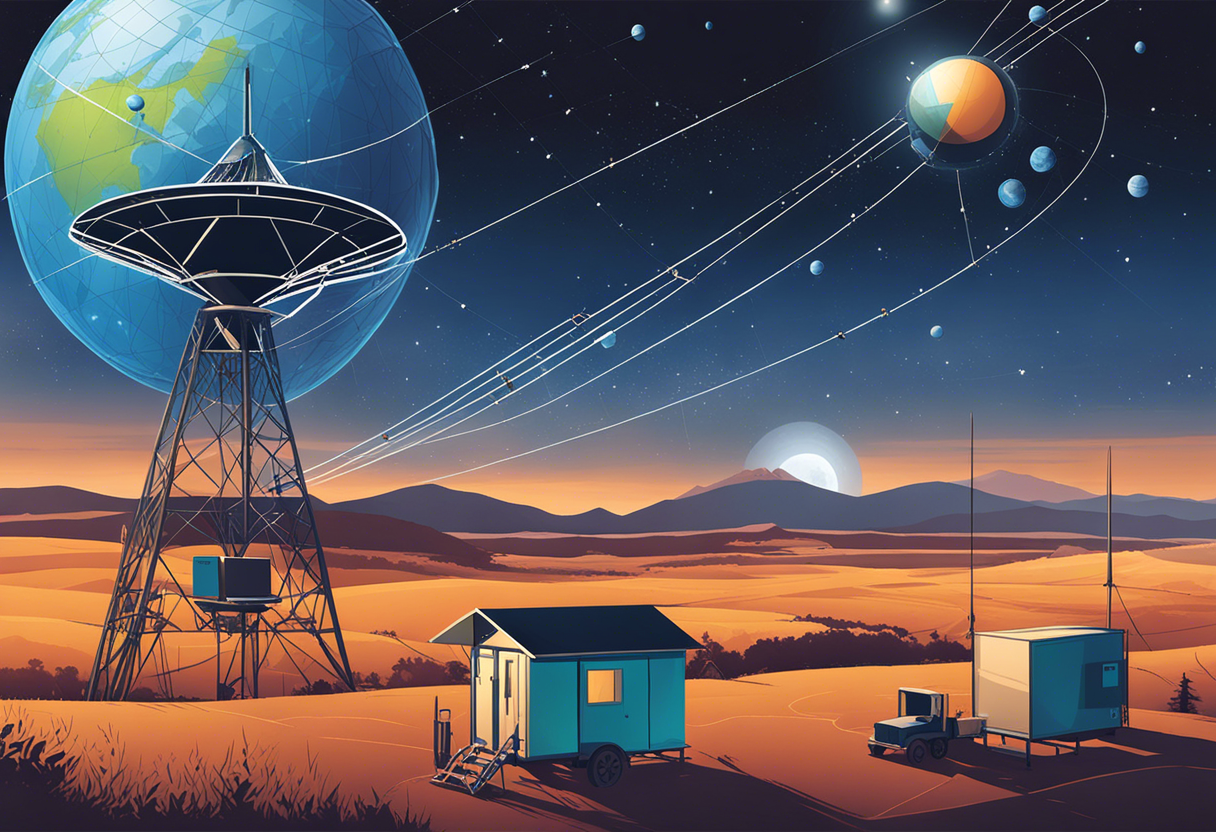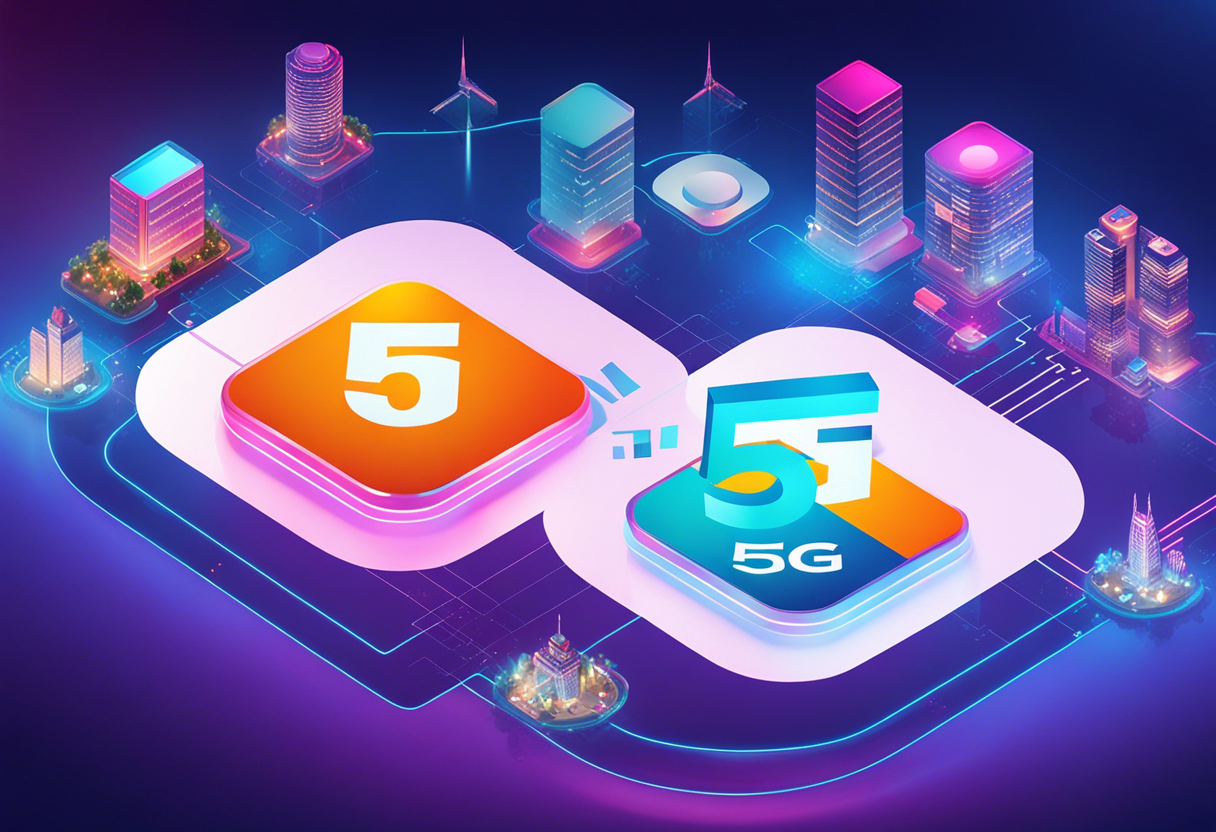Racing Through the Digital Superhighway: A High-Speed Internet Trio That Transforms Connectivity
As we navigate through the 21st century, the digital superhighway is becoming an increasingly essential part of our everyday lives. The internet, once a luxury, has now transformed into a necessity, shaping our work, education, and social interactions. This digital revolution is fueled by high-speed internet, which has metamorphosed the way we connect and communicate. This section serves as an introduction to the digital superhighway, setting the stage for an in-depth exploration of three high-speed internet technologies that are transforming connectivity.
In the early days of the internet, users had to contend with dial-up connections that were slow and unreliable. However, the advent of broadband technology marked a significant shift, with speeds increasing exponentially. Today, we are witnessing another transformation in the form of high-speed internet technologies that promise to revolutionize our digital experiences. These technologies are not just about faster downloads and smoother streaming; they are about creating a more connected world where distance and time are no longer barriers.
Fiber Optic Internet - The Speed King

The first of these high-speed internet technologies is fiber optic internet. Fiber optics use light signals to transmit data, resulting in speeds that far exceed those of traditional copper-based connections. This section will delve into the intricacies of fiber optic internet, its advantages, and its role in shaping the digital superhighway.
Fiber optic internet is not just about speed; it also offers superior reliability. Unlike copper cables, fiber optic cables are not susceptible to electromagnetic interference, which means they can deliver consistent high-speed internet under various conditions. Moreover, fiber optic internet provides symmetrical speeds, which means upload speeds match download speeds. This is particularly beneficial in today's digital landscape, where cloud-based services, video conferencing, and online gaming are increasingly commonplace.
Satellite Internet - Connecting the Unconnected

While fiber optic internet is transforming urban digital landscapes, satellite internet is bringing the digital superhighway to remote and rural areas. Satellite internet uses communication satellites to provide internet connectivity, making it possible to access the internet from virtually any location on earth. This section will explore the role of satellite internet in expanding the digital superhighway.
Despite the relatively slower speeds compared to fiber optic and cable internet, satellite internet's ability to reach remote areas is its biggest advantage. For communities in rural or hard-to-reach areas, satellite internet may be the only viable option. Moreover, advancements in satellite technology, such as low earth orbit (LEO) satellites, are promising to deliver higher speeds and lower latency, making satellite internet a more competitive option.
5G - The Future of Connectivity

While fiber optic and satellite internet are transforming the present, 5G is set to shape the future of the digital superhighway. 5G, or fifth generation technology, promises to deliver speeds that are up to 100 times faster than 4G. But 5G is not just about speed; it's about creating a more connected and intelligent world. This section explores the potential of 5G in transforming the digital superhighway.
One of the key features of 5G is its low latency, which refers to the delay before a transfer of data begins following an instruction for its transfer. Reduced latency means that devices can communicate with each other in near real-time, opening up possibilities for applications such as autonomous driving, remote surgery, and real-time gaming. Moreover, 5G is designed to connect a massive number of devices, paving the way for the Internet of Things (IoT), where devices from home appliances to industrial equipment are connected to the internet.
The digital superhighway is being transformed by high-speed internet technologies such as fiber optic internet, satellite internet, and 5G. These technologies are not just about faster speeds; they are about creating a more connected and inclusive digital world. As we race through the digital superhighway, it's clear that the journey is just as important as the destination.







